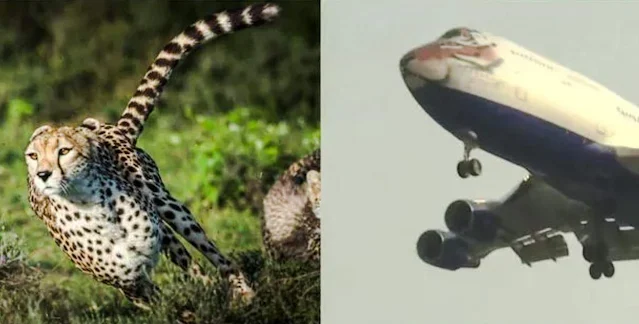Until September 17, 2022, you would have to answer the question in the title with a very positive NO because the same subspecies of cheetah that is found in Iran in very small numbers, was also present in India in the 1940s but the last cheetah in the wild in India was recorded in 1948 and they were declared extinct in that country in 1952.
 |
| Image: ANI/Unsplash |
The last cheetahs were shot in the Sal forests of Koriya District, Chhattisgarh, which seems incredibly careless of the authorities and the individual person who shot them because they were the last ones in the country! An example of anti-conservation of the highest calibre.
But you may have heard that the authorities have taken the bold step of relocating cheetahs from Namibia, Africa, which is essentially the home of the cheetah in the world. A special cargo flight bringing eight cheetahs landed at the Indian Air Force Station in Gwalior, Madhya Pradesh. India's Prime Minister, Miranda Modi, will release them into Kuno National Park. Update: he had his camera with him with a telephoto lens to capture the moment of release.
He will release them on his birthday, which is this Saturday. The cheetahs have travelled more than 8000 km in a specially modified passenger 747 jumbo jet.
Below is a video of one of the cheetahs about to be flown from Namibia to India. They make such a sweet meow sound. I feel sorry for this cat. He or she is upset and wants to be back where she belongs.
The eight cheetahs are made up of five females and three males. Modi wants to revitalise and diversify India's wildlife under "Project Cheetah". The project is described as the world's first "inter-continental large wild carnivore translocation project".
It appears that the first discussions about this translocation took place in 2009 when officials of the Cheetah Conservation Fund based in Namibia entered into discussions with the Indian government and subsequently the government ordered the Madhya Pradesh Forest Department to develop a separate space within Kuno National Park to accommodate the cheetahs.
It is worth mentioning that female cheetah ranges in Namibia are extremely large measuring 1500 km². However, the majority of male cheetahs in the Serengeti living coalitions and establish small territories of about 30 km² with good vegetative cover and a locally high abundance of antelope. The point that I'm making is this: is there enough space in this national park to accommodate eight cheetahs from Namibia?
The park is spread over 748 km². There are no human settlements in the park. They believe that it can sustain 21 cheetahs. The authorities relocated villages from inside the park to outside its boundaries perhaps in preparation for this translocation.
The relocation of these cheetahs is also a big move for Namibia as it is the first time the wild southern African cheetah been translocated anywhere else in the world. The project has a budget of US$5 million over a period of five years.
The big question is whether the cheetahs will survive or fail to reproduce over the five-year period. Some experts have voiced major concerns. One of those is Valmik Thapar. He is unsure whether they will survive in the wild in India.
He believes that India does not have the habitat or prey species for wild re-roaming cheetahs. And he believes that the authorities do not have sufficient experience or understanding to make it work. He believes that they will survive in the short term provided they are provided with food. He says that India was never the natural home of the African chetah.
Here is a BBC video on the topic:




